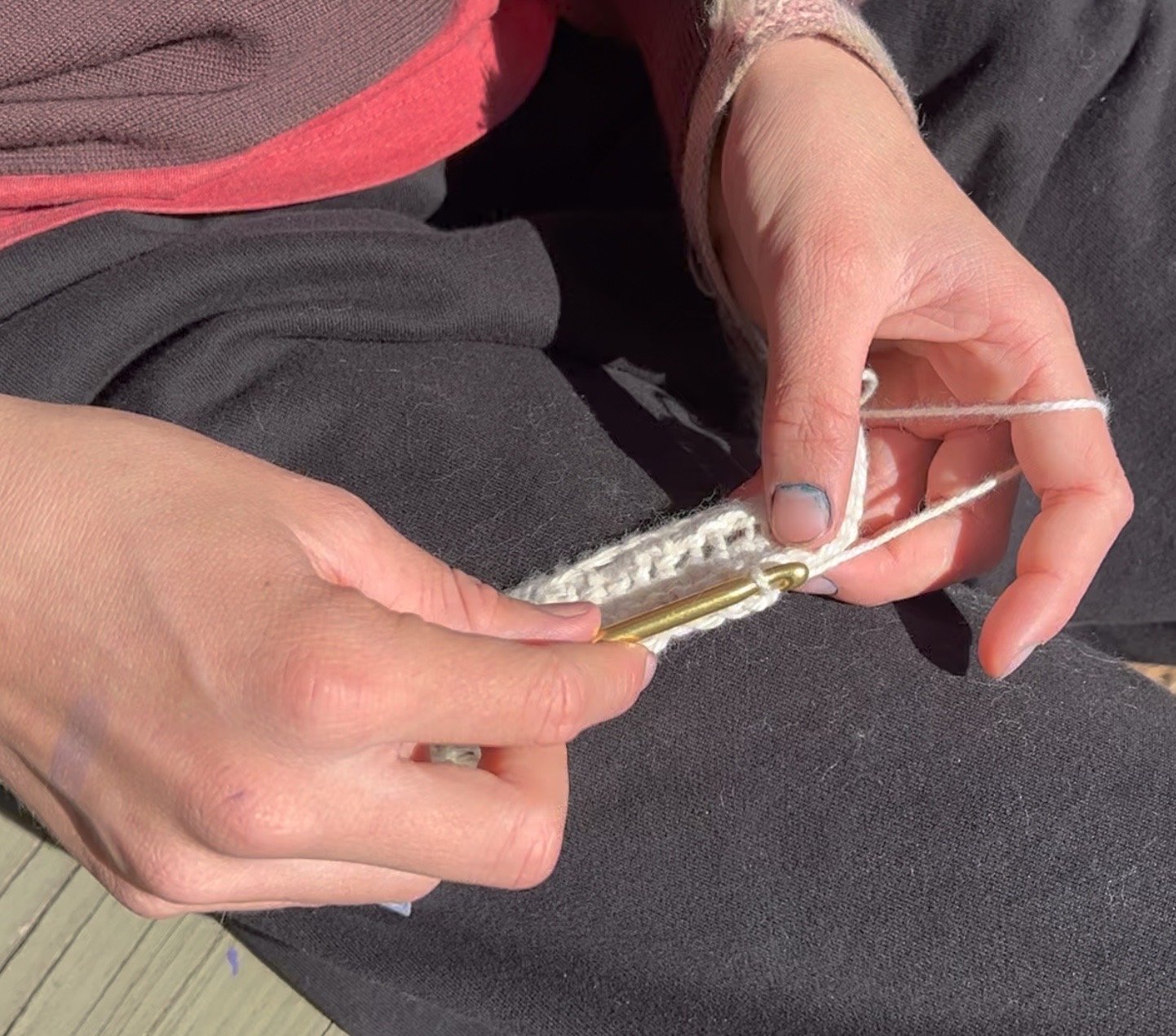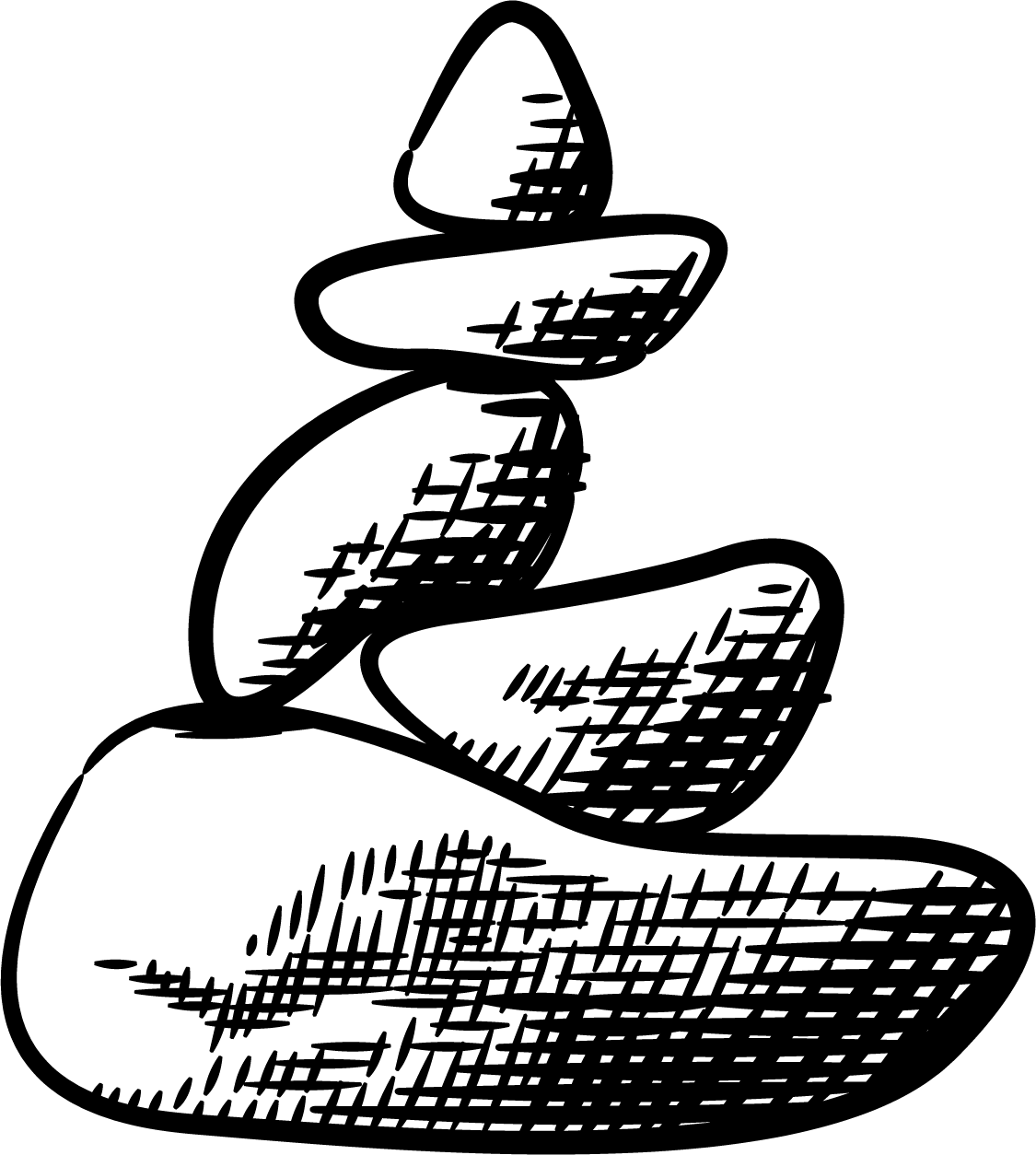 Image 1 of 1
Image 1 of 1


Handwork with Shan, ages 7-9, 12:15pm -1:35pm
I am working within a Waldorf Education-based understanding that doing Handwork is a vital part of educating and aiding in the development of the child.
Handwork is included in the Waldorf Educational curriculum to help children with developing handwork skills and to help them develop their brain function to allow for critical thinking. Repeat that second part: “to help them develop their brain function to allow for critical thinking”.
Developing the handwork skills – eye-hand co-ordination, fine motor control, tactile discernment, observation of their work, completing a task and so forth – all lend themselves to developing both sides of the brain and to the development of the corpus collosum – that part of the brain which joins the two hemispheres of the brain. Critical thinking is impossible without the development of the corpus collosum.
I want children to be able to finish projects that they have begun and to have regular attendance in class. I work with the children to help them learn the various handwork skills AND to learn focus, observation and bringing completion to a task that they have begun. I will help your child choose an age-appropriate project and skill for their experience in handwork. If you want your child in the Handwork Class, please support them with your interest, encouragement and positive attitude towards this important work.
Session B - 1st afternoon session after lunch: For 7, 8 and 9 yr. olds: The curriculum for this age group includes knitting, crochet, weaving and sewing. Knitting projects that I use to bring this curriculum include knitting a kitty (a beginner project), a pouch, rainbow ball, flute case, gnome, other animals: lamb, lion, horse, penguin, owl, and a simple doll which can then lead to doll clothing.
Crochet projects include a drawstring bag, washcloth and a water-bottle holder (also a dye project), doll clothing and finger and hand puppets. Sewing projects include a handwork bag, felt pencil case, embroidered coasters, flowered pendants and doll clothing.
Weaving is often included as part of a general fiber or clothing block in the 3rd Grade curriculum – along with deeper experiences of various natural clothing fibers, fiber preparation, spinning and dyeing. I like to make circular looms of natural materials (willow, grapevines, honeysuckle, etc.) with the children and let them use their carded, dyed and spun fibers to weave a circular wall hanging or use a notched piece of matboard to weave a bag or pouch.
I am working within a Waldorf Education-based understanding that doing Handwork is a vital part of educating and aiding in the development of the child.
Handwork is included in the Waldorf Educational curriculum to help children with developing handwork skills and to help them develop their brain function to allow for critical thinking. Repeat that second part: “to help them develop their brain function to allow for critical thinking”.
Developing the handwork skills – eye-hand co-ordination, fine motor control, tactile discernment, observation of their work, completing a task and so forth – all lend themselves to developing both sides of the brain and to the development of the corpus collosum – that part of the brain which joins the two hemispheres of the brain. Critical thinking is impossible without the development of the corpus collosum.
I want children to be able to finish projects that they have begun and to have regular attendance in class. I work with the children to help them learn the various handwork skills AND to learn focus, observation and bringing completion to a task that they have begun. I will help your child choose an age-appropriate project and skill for their experience in handwork. If you want your child in the Handwork Class, please support them with your interest, encouragement and positive attitude towards this important work.
Session B - 1st afternoon session after lunch: For 7, 8 and 9 yr. olds: The curriculum for this age group includes knitting, crochet, weaving and sewing. Knitting projects that I use to bring this curriculum include knitting a kitty (a beginner project), a pouch, rainbow ball, flute case, gnome, other animals: lamb, lion, horse, penguin, owl, and a simple doll which can then lead to doll clothing.
Crochet projects include a drawstring bag, washcloth and a water-bottle holder (also a dye project), doll clothing and finger and hand puppets. Sewing projects include a handwork bag, felt pencil case, embroidered coasters, flowered pendants and doll clothing.
Weaving is often included as part of a general fiber or clothing block in the 3rd Grade curriculum – along with deeper experiences of various natural clothing fibers, fiber preparation, spinning and dyeing. I like to make circular looms of natural materials (willow, grapevines, honeysuckle, etc.) with the children and let them use their carded, dyed and spun fibers to weave a circular wall hanging or use a notched piece of matboard to weave a bag or pouch.

